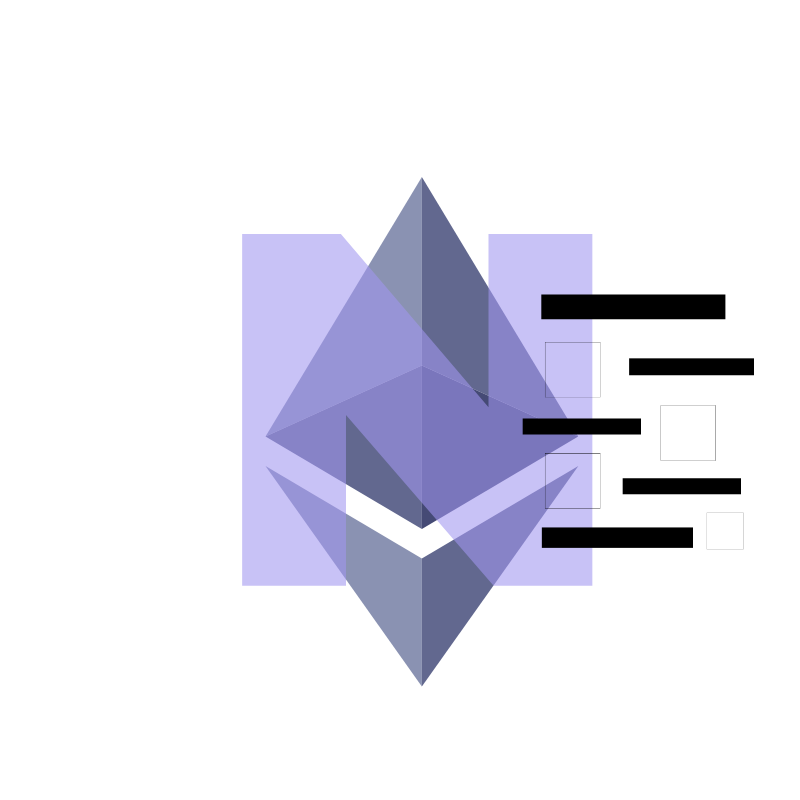

Ethereum's ENS Identity System Chooses Consensys' Technology for Layer-2
Dec 17, 2024
2 min read
Ethereum's ENS Identity System has made a significant move by selecting Consensys' Linea technology to develop its upcoming layer-2 network, Namechain. This decision is expected to enhance transaction speed and efficiency, positioning ENS as a leader in the evolving landscape of blockchain identity solutions.
Key Takeaways
ENS Labs has chosen Linea, a zero-knowledge rollup technology, for its Namechain layer-2 network.
Linea is developed by Consensys and is currently the seventh-largest rollup network with $1 billion locked in its ecosystem.
The decision is driven by the need for fast finality and alignment of values between ENS and Consensys.
Overview of ENS and Its Role in Web3
The Ethereum Name Service (ENS) is often referred to as the "phone book for Web3," providing a user-friendly way to interact with blockchain addresses. Instead of using complex numerical addresses, users can utilize human-readable names like "parishilton.eth." This functionality is crucial for enhancing user experience in decentralized applications.
Why Choose Linea?
ENS Labs has articulated two primary reasons for selecting Linea:
Values Alignment: ENS and Consensys share a vision for a decentralized and secure blockchain ecosystem.
Speed: The need for rapid transaction finality is paramount. Nick Johnson, the founder of ENS, emphasized that updates to ENS names must be reflected on the blockchain as quickly as possible.
Understanding Rollups
Rollups are a type of blockchain technology designed to improve transaction speed and reduce costs. There are two main types of rollups:
Optimistic Rollups: These rely on optimistic proofs, allowing a seven-day window for disputes before finalizing transactions.
Zero-Knowledge Rollups: These utilize zero-knowledge cryptography, enabling faster finalization of transactions, often within minutes.
ENS has opted for zero-knowledge rollups due to their superior technology and ability to provide the fast finality required for its services.
The Future of Namechain
ENS will be among the first major projects to implement a layer-2 blockchain using Linea's technology. This move comes as other significant crypto projects are also exploring layer-2 solutions, with many opting for Optimism’s OP Stack.
The team behind Linea has plans to issue a Linea token, although specific details on its use within the Namechain ecosystem are still under discussion.
Strengthening Decentralization
Nicolas Liochon, the founder of Linea, expressed the importance of having multiple organizations contribute to the Linea stack. This approach aims to enhance the security and decentralization of the layer-2 protocol, ensuring that no single entity holds too much power over the network.
Conclusion
The partnership between ENS and Consensys marks a pivotal moment in the development of blockchain identity systems. By leveraging Linea's zero-knowledge rollup technology, ENS is set to enhance its services, providing users with a more efficient and secure way to manage their digital identities in the Web3 landscape.
Sources
Ethereum's ENS Identity System Picks Consensys' Tech for Its Layer-2, CoinDesk.
El sistema de identidad ENS de Ethereum elige la tecnología de Consensys para su capa 2, CoinDesk.
Pinili ng ENS Identity System ng Ethereum ang Consensys' Tech para sa Layer-2 nito, CoinDesk.
Le système d'identité ENS d'Ethereum choisit la technologie de Consensys pour sa couche 2, CoinDesk.
Il sistema di identità ENS di Ethereum sceglie la tecnologia di Consensys per il suo Layer-2, CoinDesk.